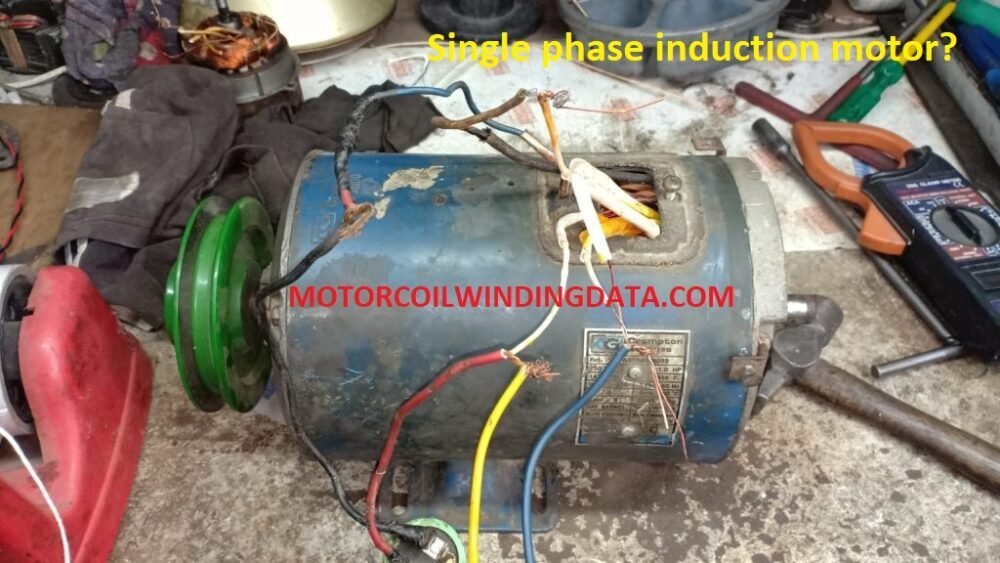


Small motors may be found in electric watches. The largest are used for ship propulsion, pipeline compression and pumped-storage applications with output exceeding 100 megawatts.Īpplications include industrial fans, blowers and pumps, machine tools, household appliances, power tools, vehicles, and disk drives. Standardized motors provide convenient mechanical power for industrial use.

They can be powered by AC or DC, be brushed or brushless, single-phase, two-phase, or three-phase, axial or radial flux, and may be air-cooled or liquid-cooled. An electric generator is mechanically identical to an electric motor, but operates with a reversed flow of power, converting mechanical energy into electrical energy.Įlectric motors can be powered by direct current (DC) sources, such as from batteries, or rectifiers, or by alternating current (AC) sources, such as a power grid, inverters or electrical generators.Įlectric motors may be classified by considerations such as power source type, construction, application and type of motion output. Most electric motors operate through the interaction between the motor's magnetic field and electric current in a wire winding to generate force in the form of torque applied on the motor's shaft. JSTOR ( July 2022) ( Learn how and when to remove this template message)Īnimation showing operation of a brushed DC electric motorĪn electric motor is an electrical machine that converts electrical energy into mechanical energy.Unsourced material may be challenged and removed. Please help improve this article by adding citations to reliable sources. This article needs additional citations for verification.


 0 kommentar(er)
0 kommentar(er)
